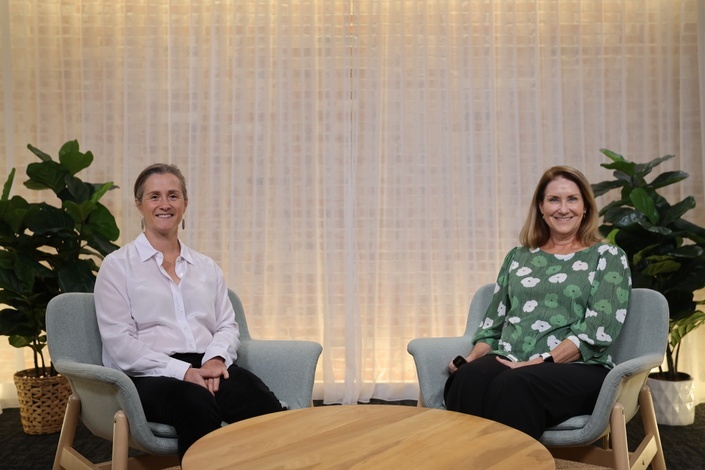Introduction
The Lateral Elbow Pain Masterclass, taught by Brooke Coombes and Leanne Bissett, provides a complete overview of the assessment and management of lateral elbow pain. This Executive Summary provides clinically relevant, actionable information that may be useful to health professionals.
Part 1: Epidemiology & Clinical Presentation
Lateral Elbow Tendinopathy (LET) affects 1-3% of the general community and is most common in people aged 35-60 years old. Aggravating factors include gripping and picking things up. Key measures to include in the objective assessment include resisted muscle tests, palpation and grip strength. Risk factors include repetitive movements, awkward positions, smoking and chronic health conditions.
- A positive tendinopathy finding on a scan does not mean that it is the source of pain, as 50% of pain-free individuals also have tendinopathy findings on their scan.
- When testing grip strength, do so with their elbow in extension and wrist in pronation, as it is the most provocative position.
- To prevent flaring up patient symptoms, measure using the initial onset of elbow pain using the dynamometer to assess their pain free function.
Part 2 - Clinical Assessment
The assessment involves screening shoulder range of motion (ROM), elbow active/passive ROM and special tests. Clinicians may use movement with mobilisations (MWM) as a clinical test and see if this helps to elicit an analgesic response.
- When testing shoulder ROM, alter the position of the shoulder and elbow to assess mechano-sensitivity of neural tissue.
- If the MWM leads to an improvement in function and pain, make sure the patient releases the grip before you release the MWM glide.
Masterclass Preview
Enjoy this free preview of Leanne and Brooke discussing and demonstrating helpful taping techniques for lateral elbow pain.
Part 3 - Treatment Options
Physiotherapy treatment options include strengthening, MWM, cervical spine considerations, taping and general lifestyle modifications. Medical interventions include cortisone steroid injection. It seems with LET, having a multi-modal approach is the most effective. Differences between upper and lower limb tendon structure and function are important to consider when designing the rehab program. It is also important to consider general health, psychosocial factors and sleep hygiene.
- In the first session, treatment should be on the conservative side to prevent over symptom provocation.
- Taping options include the spiral and the diamond deload technique.
- Performing a lateral glide to the corresponding cervical spine segment may be helpful with assessment if there is suspicion of a central neural involvement.


